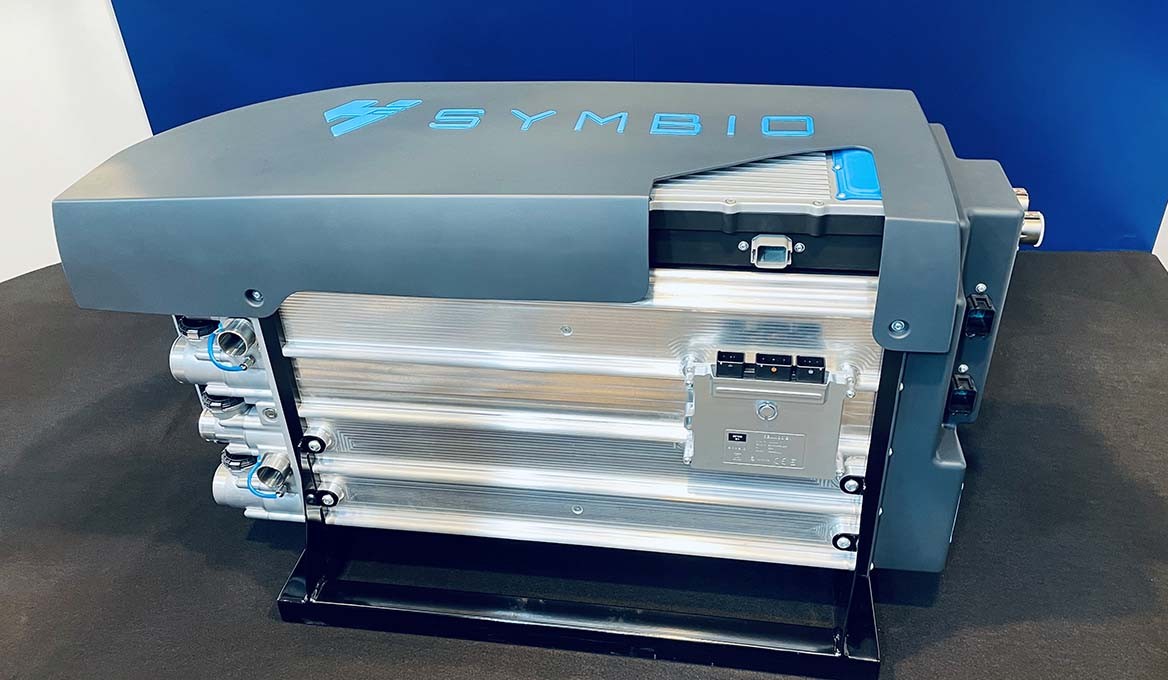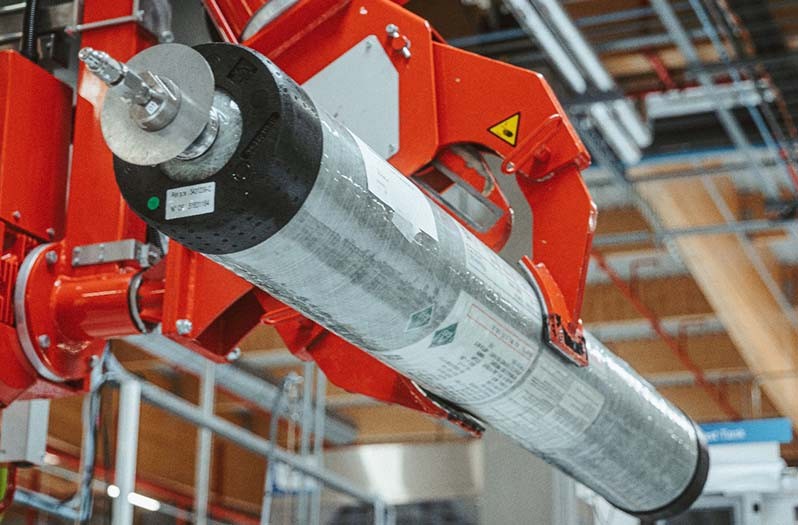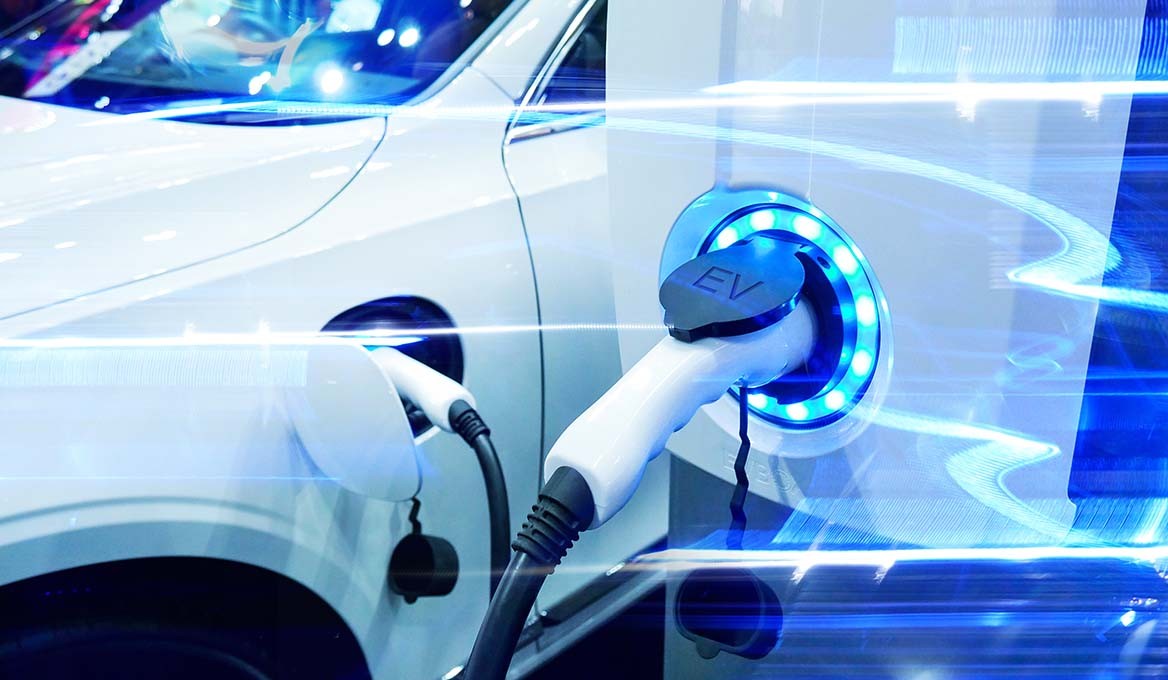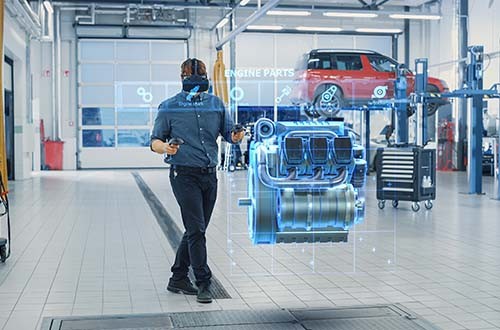Function and maintenance of fuel cells

What influence does moisture have on fuel cells?
If the air is too dry, the membrane in the fuel cell stack dries out. This can reduce the mechanical strength of the membrane, which is responsible for proton transport. The reaction product water can be transferred from the exhaust air, the humid side, to the supply air, the dry side of the fuel cells, via a humidifier.
However, if the humidity of the air is too high, it can condense into water droplets. These can block the fine structures of the gas diffusion layer or the microporous layer. Water droplets that strike the turbine side of the electric compressor also have a negative effect on the durability of the fuel cells. For this reason, additional water separators are used.
Undesirable noise
Acoustics in fuel cells is an interesting topic, as we are not dealing with mechanical components such as in a combustion engine. In fact, disturbing noises can occur in the electric compressor or as flow noises in the pipes. Appropriate resonators attenuate the undesirable noise.
The maintenance of fuel cells
The fuel cell stack itself (theoretically) requires no servicing and is designed as an assembly for a high number of operating hours. However, the filter elements must be replaced at regular intervals. The granulate in the ion exchanger, which ensures that the conductivity of the coolant is in the correct range, is also system-specific. This must also be changed at defined intervals. The same applies to the cathode air filter. It must also be changed regularly. Then there is the cooling circuit. Other service-relevant components are located here: the ion exchanger filter and the coolant particle filter. This means that car and truck workshops should not run out of work, even when servicing vehicles with fuel cells.
The overall balance
Fuel cell vehicles, especially trucks, show their strengths where long ranges (such as long distances) and short refuelling times are required. They can be refuelled in just a few minutes. If the "Well2Wheel" approach is taken into account (from the production of hydrogen to the drive energy), experts estimate that fuel cells achieve an efficiency of 30 to 40 per cent. Synthetic fuels (also based on green hydrogen) have an efficiency in the range of around 20 to 40 per cent. At 60 to 70 per cent, battery electric vehicles show significantly higher values here, but are currently still subject to limitations in terms of charging time and range. In principle, however, the values depend heavily on the respective technology, the site conditions, the energy source and other factors. Rapid technological advances may continue to have a major impact on the efficiency of each of the three technologies in the future. However, hydrogen as a fuel represents a highly interesting opportunity to decouple the production of green hydrogen and its use both in terms of location and time and thus to be able to offer efficient and environmentally friendly drive systems. Fuel cells are therefore a highly interesting option in the drive mix of the future.

![techniktrends-elektromobilität-teaser[1]](/techworld/assetsfs/images/bi_d_lighting_volvo_v60_blinklicht_vorne_leuchtmitteltausch003_customresolution.jpg)


